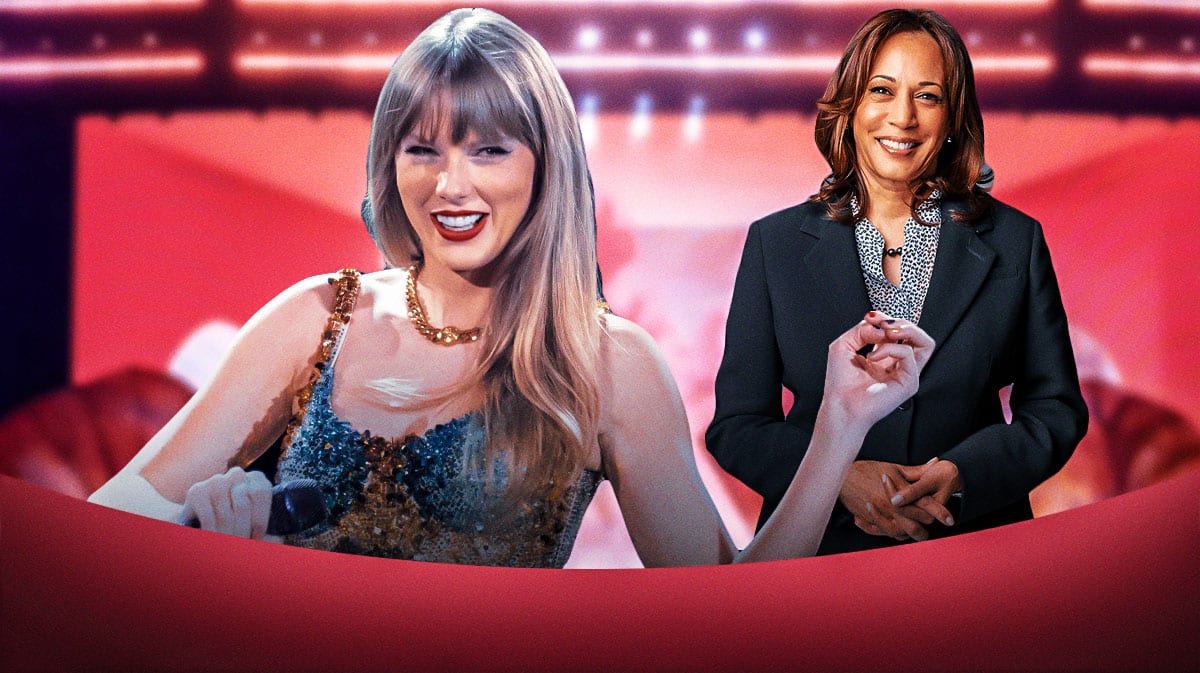In recent years, Taylor Swift has become not only a cultural icon but also a focal point in discussions surrounding sexuality and identity. With her eclectic discography and ever-evolving public persona, the speculation around her personal life, particularly her sexual orientation, has piqued the interest of fans and commentators alike. But beyond the rumors of her romantic affiliations, what truly makes Taylor Swift one of the queerest figures in mainstream music? Here, we delve into the multi-layered connections between her art, her image, and the broader LGBTQ+ narrative.
1. The Subtle Queer Undertones in Her Lyrics
From the outset of her career, Taylor Swift’s lyrics have often embodied emotional nuances that transcend traditional heterosexual narratives. Songs like “You Belong with Me” and “All Too Well” paint vivid pictures of longing and heartbreak; however, deeper analysis reveals a universality that resonates with various sexual orientations. The ambiguity of her romantic entanglements allows listeners to imprint their experiences onto her songs, transforming them into anthems of empowerment and exploration.
Even tracks such as “Getaway Car” and “Death by a Thousand Cuts” showcase intricate storytelling that step outside conventional love stories. The emotional depth often veers into themes of loss and desire, which resonate with many queer experiences of navigating identity and love in a world that can be unforgiving.
2. The Evolution of Her Public Persona
Swift’s transition through various musical genres—from country to pop to indie folk—parallels her growth as an artist and a public figure. This evolution has been marked by increasingly progressive statements and stances on social issues, including LGBTQ+ rights. By embracing her platform more visibly, she signals to younger fans the importance of inclusivity and representation.
Moreover, her reinvention plays into the queer concept of fluidity, something that resonates deeply with younger audiences. The constant shifting of her artistic style and personal brand can be likened to the diverse spectrum of identities within the LGBTQ+ community, encouraging acceptance of change and self-exploration.
3. Public Support for the LGBTQ+ Community
Swift has made headlines for her vocal support of LGBTQ+ rights. Her public endorsement of the Equality Act and vocal opposition to discriminatory legislation in the United States illustrate her commitment to a cause that many younger fans are passionate about. She doesn’t shy away from using her platform to advocate for fairness and equality, a trait that elevates her status beyond mere celebrity.
By aligning herself with LGBTQ+ advocacy, Taylor demonstrates how one can use fame for social good, further enhancing her relatability. At a time when visibility is pivotal, her actions lend credence to the idea that celebrity influence can foster real change.
4. Collaborations and Influences
Swift’s collaborations with diverse artists and creators also underscore her openness to different identities and experiences. Through partnerships with LGBTQ+ artists, she showcases a willingness to embrace and uplift underrepresented voices. This fosters a sense of community and solidarity, bridging gaps between various audiences and reinforcing her role as an ally.
Her influences, ranging from indie artists to pop queens, further illustrate the interconnectedness of the music industry with queer culture. By incorporating diverse sounds and styles, Swift’s music embodies a sort of kaleidoscope of identity that appeals to a broader spectrum of listeners.
5. The Iconic “GAY” Aesthetic in Music Videos
Visually, her music videos are often packed with Easter eggs and symbolic references that audiences dissect. Her use of vibrant colors, provocative imagery, and seemingly cryptic narratives invites interpretation from all angles, including queer perspectives. Fans have credited her videos, particularly for songs like “You Need to Calm Down,” with celebrating LGBTQ+ love and existence in a mainstream format.
This reluctance to conform to traditional narrative structures, coupled with playful yet poignant visual storytelling, allows room for diverse interpretations concerning sexuality. By incorporating queer aesthetics and themes, Swift visibly embraces varied identities, challenging rigid notions of love and attraction.
6. Fan Engagement and Queer Community
The strong bond between Taylor and her fanbase, often referred to as “Swifties,” is a testament to her ability to foster a welcoming environment. Many fans have shared personal stories of finding solace and acceptance through her music, particularly within LGBTQ+ circles. This deep-seated connection not only demonstrates her influence but serves as a safe space for individuals exploring their identities.
Through her concerts and social media interactions, Swift cultivates an atmosphere of acceptance. She embraces her audience, encouraging vulnerability and personal expression—qualities that resonate strongly within queer communities. This fan-driven dynamic creates a collective narrative that reflects and celebrates diversity.
7. The Future of Taylor Swift and Her Queer Legacy
As she continues to evolve as an artist and a representative of the modern zeitgeist, the dialogue surrounding Taylor Swift in relation to queer culture is assuredly dynamic and ongoing. Her trajectory suggests a dedication to pushing boundaries while promoting inclusivity—a cornerstone principle that aligns beautifully with the ethos of younger generations. The speculation around her sexuality may never fully dissipate, but it serves a greater purpose in igniting conversations about identity, love, and acceptance.
Ultimately, Taylor Swift’s presence in popular music is not solely defined by rumors. It is a narrative potent with implications for the understanding of identity across the spectrum. From her lyrical content to her public stances and fan interactions, Swift embodies so much of what it means to be queer in today’s world—not just as an artist but as a symbol of hope and solidarity in an ever-changing cultural landscape.

